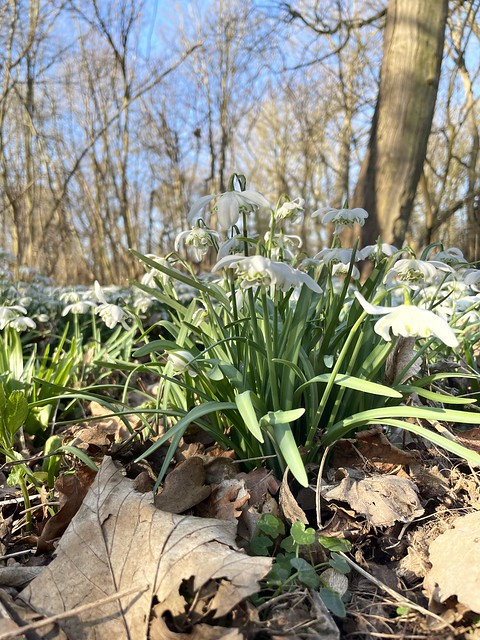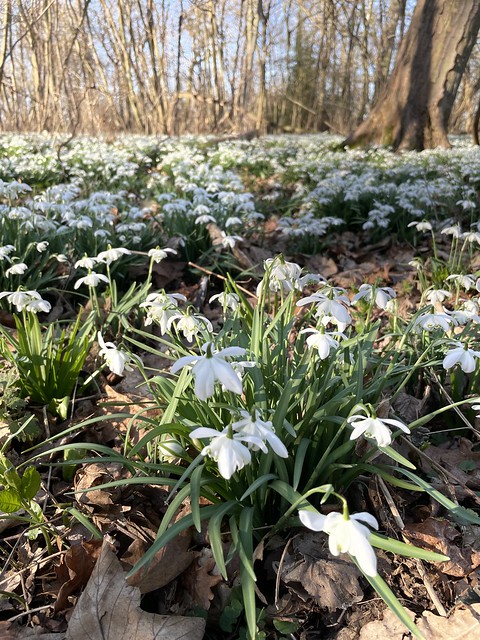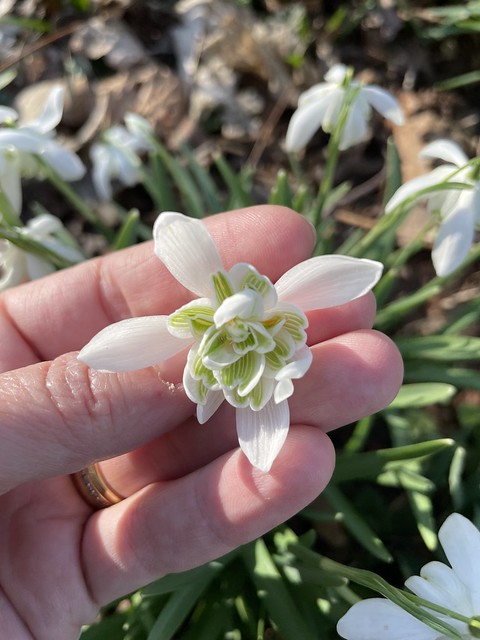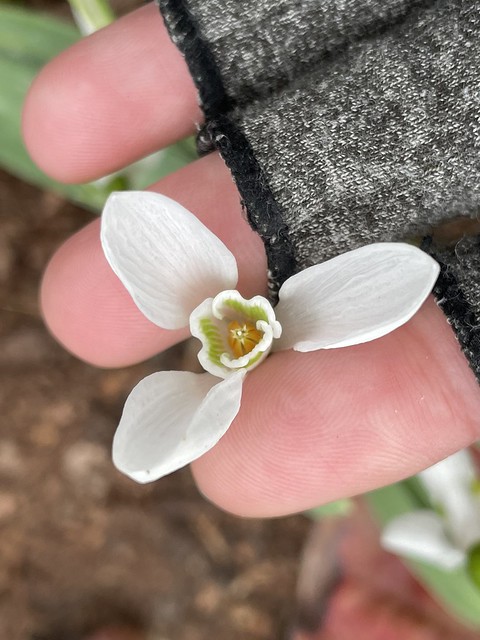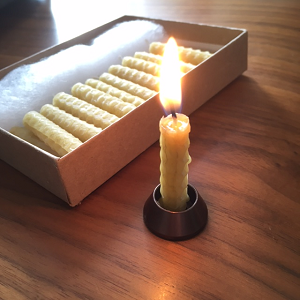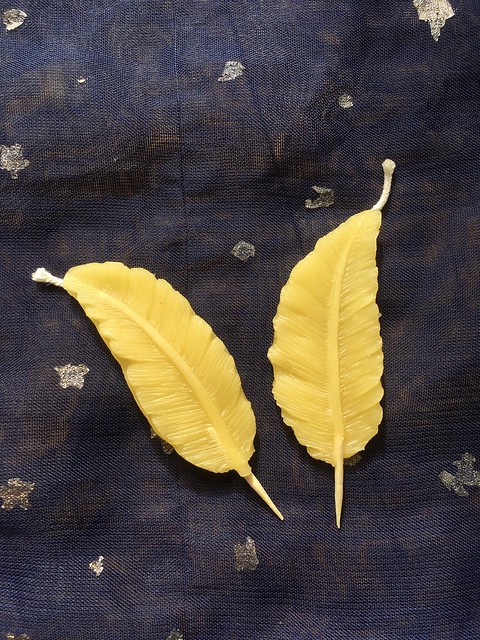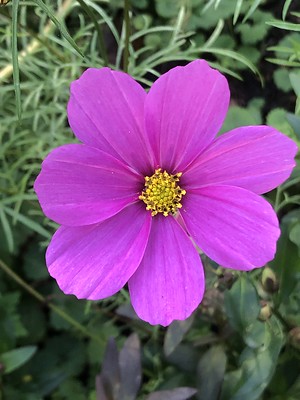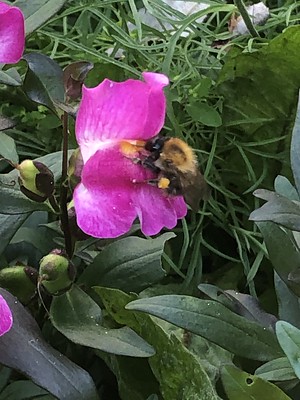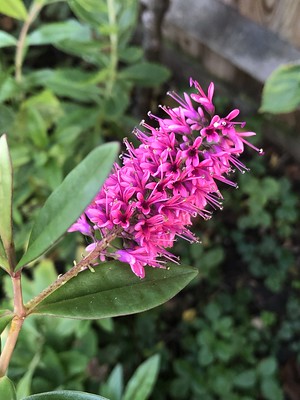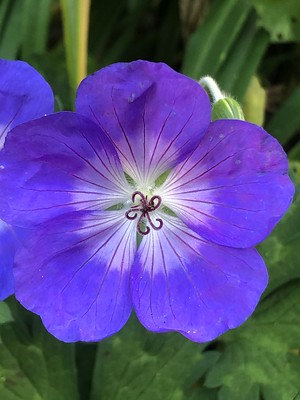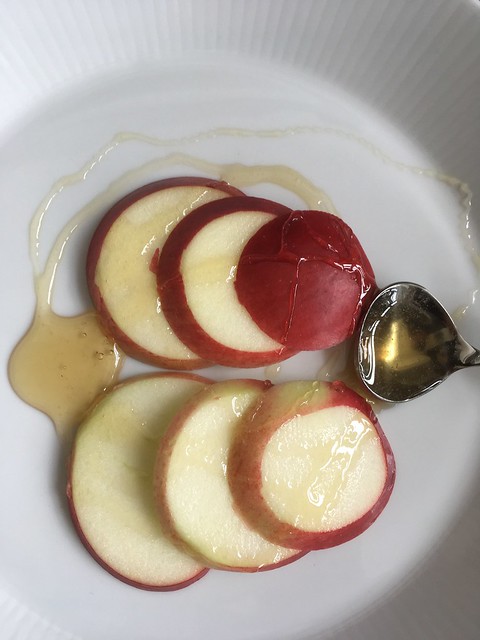Happy National Honey Day! Today, we celebrate the golden treasure that bees gift us—honey. It’s a day to appreciate the work of beekeepers across the UK, raise awareness about the importance of supporting local bee populations, and enjoy the diversity of flavours that make UK honey so special. Whether you’re a long-time honey enthusiast or just discovering its wonders, here’s why National Honey Day matters and why you should consider buying honey directly from beekeepers rather than supermarkets.
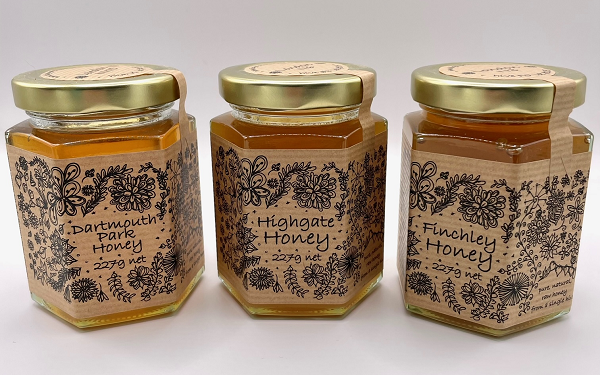
Why National Honey Day is Important
Honey isn’t just a delicious natural sweetener—it’s the product of a vital ecological process. Bees play an essential role in pollination, helping plants grow, reproduce, and bear the fruits and vegetables we rely on. However, bee populations face numerous challenges, from habitat loss to pesticide use, making it more important than ever to support beekeepers who protect and nurture these essential pollinators.
National Honey Day shines a light on the hard work of beekeepers across the UK and encourages everyone to choose locally produced honey. By supporting beekeepers, you’re directly contributing to the preservation of bee colonies, local biodiversity, and the sustainability of our food systems.
Why You Should Buy from Beekeepers, Not Supermarkets
Supermarket shelves are often stocked with mass-produced honey that may lack the quality, flavour, and authenticity of local honey. Here’s why buying directly from beekeepers is a much better choice:
- Purity and Authenticity
Many supermarket honeys are blended from multiple sources and sometimes imported, which dilutes the unique qualities of regional honey. Local beekeepers provide pure, unprocessed honey, often straight from the hive. You’ll experience the true flavour of nature, untainted by additives or extensive processing. - Support for Local Beekeepers
When you buy honey from a local beekeeper, you’re directly supporting the individuals who work tirelessly to care for their bees and protect the environment. Beekeepers often operate on a smaller scale than industrial producers, so your purchase helps them continue their vital work. - Traceability and Transparency
Knowing exactly where your honey comes from is a huge benefit. When you buy from a beekeeper, you can often learn about the specific flowers and plants that contributed to the honey’s flavour profile and even visit the apiary. Supermarket honey, on the other hand, rarely offers this level of transparency. - Promotes Bee Health
Local beekeepers prioritize the health and well-being of their bee colonies, often practising sustainable and ethical beekeeping. This contrasts with large-scale industrial operations that may focus more on profit than on the welfare of bees.
The Diversity of UK Honey
One of the greatest joys of buying honey directly from beekeepers is the opportunity to explore the rich diversity of UK honey. From the floral, herbal notes of borage honey to the deep, earthy flavours of woodland honey, UK honey varies greatly depending on the flowers and landscapes where the bees forage.
- This diversity is something you simply won’t find with mass-produced supermarket honey, where the flavours are blended to create a uniform taste. Buying from beekeepers allows you to experience the unique characteristics of honey from different regions and seasons.
Why Good Quality Honey is Expensive
Quality honey can be more expensive than supermarket honey, but for good reason. Here’s why:
- The Beekeepers’ Commitment
Local beekeepers invest a great deal of time and care into their hives. They tend to their bees year-round, ensuring the colonies are healthy and thriving, which is labour-intensive. - Seasonal and Limited Production
Unlike industrial honey producers, local beekeepers harvest honey in harmony with nature, meaning that production is often seasonal and limited. Some honeys, like heather honey, are only available for a short period each year, making them more precious and exclusive. - Sustainability and Ethics
Quality honey production is all about balance. Beekeepers ensure that enough honey is left for the bees to sustain themselves, particularly over the winter. This sustainable approach, while crucial for bee health, means beekeepers can only harvest what is ethically available, which can limit supply and increase prices. - Processing and Care
High-quality honey is often raw and unprocessed, meaning it retains all its natural enzymes, antioxidants, and health benefits. Unlike heavily processed supermarket honey, raw honey requires careful handling to preserve its integrity, adding to the cost but enhancing the flavour and benefits.
Celebrate National Honey Day by Supporting Your Local Beekeeper!
On National Honey Day, let’s celebrate the incredible work of bees and the beekeepers who care for them. By choosing to buy honey directly from local beekeepers, you’re not just getting a better product—you’re making a conscious decision to support sustainability, protect our pollinators, and preserve the rich diversity of UK honey.
Happy National Honey Day!








